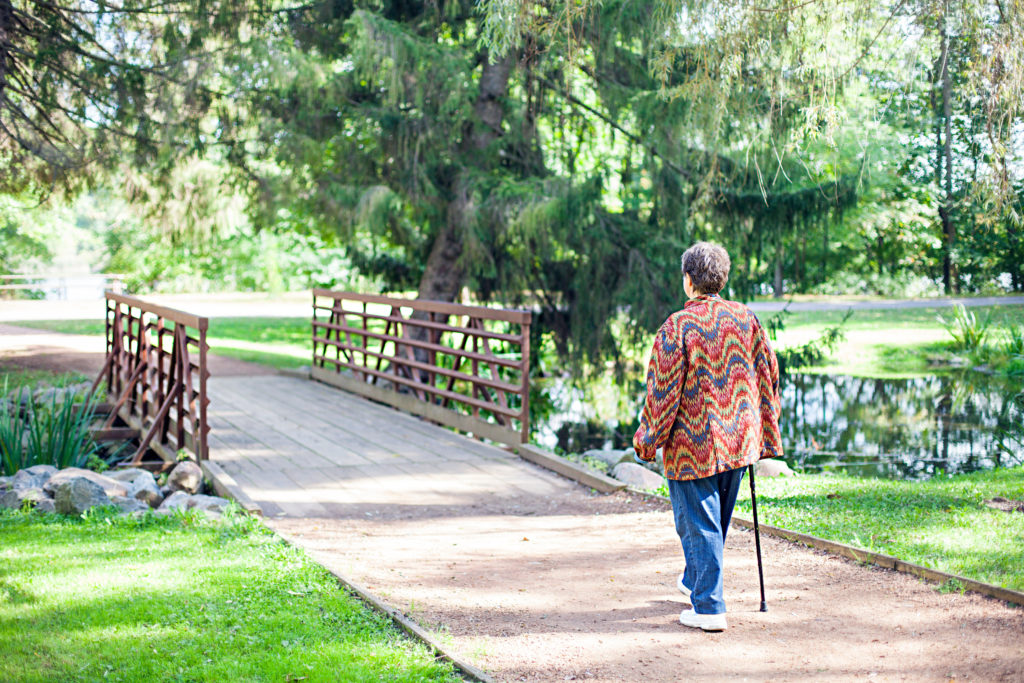
People living with a rare disease known as hereditary transthyretin amyloidosis, for example, face barriers beginning with timely, accurate diagnosis and spanning the duration of their care. The disease is caused by a hereditary gene mutation that leads to a build-up of abnormal protein in different bodily organs. It can cause debilitating cardiovascular, neurological, renal or other symptoms.
Working with hATTR amyloidosis organizations from across Europe, EAfPA developed a policy paper to draw attention to unmet needs that patients with hATTR amyloidosis were facing. These included:
Unmet needs also challenge people living with neuromyelitis optica spectrum disorders (NMOSD), a rare autoimmune condition of the central nervous system that causes deterioration to a person’s optic nerve and spinal cord. The deterioration can result in permanent vision loss, paralysis, loss of bowel and bladder control, and muscle weakness.
As explained in a recent GAfPA policy paper, these patients often face:
These unmet needs are not, unfortunately, unique to hATTR amyloidosis or NMOSD.
While there are more than 7,000 known rare diseases, the challenges for people living with them can be similar. Rare Disease Day works to encourage access to diagnosis, treatment, health and social care for all people affected by rare diseases. The initiative continues to grow since its inception in 2008, now with events being held in over 100 countries.
As advocates work together to improve access for rare disease patients across the globe, they also aim to make strides toward addressing the many unmet needs these patients face.
Recent Posts

Global Alliance for Patient Access
© 2026 GAfPA. All Rights Reserved
| Cookie | Duration | Description |
|---|---|---|
| cookielawinfo-checkbox-analytics | 11 months | This cookie is set by GDPR Cookie Consent plugin. The cookie is used to store the user consent for the cookies in the category "Analytics". |
| cookielawinfo-checkbox-functional | 11 months | The cookie is set by GDPR cookie consent to record the user consent for the cookies in the category "Functional". |
| cookielawinfo-checkbox-necessary | 11 months | This cookie is set by GDPR Cookie Consent plugin. The cookies is used to store the user consent for the cookies in the category "Necessary". |
| cookielawinfo-checkbox-others | 11 months | This cookie is set by GDPR Cookie Consent plugin. The cookie is used to store the user consent for the cookies in the category "Other. |
| cookielawinfo-checkbox-performance | 11 months | This cookie is set by GDPR Cookie Consent plugin. The cookie is used to store the user consent for the cookies in the category "Performance". |
| viewed_cookie_policy | 11 months | The cookie is set by the GDPR Cookie Consent plugin and is used to store whether or not user has consented to the use of cookies. It does not store any personal data. |